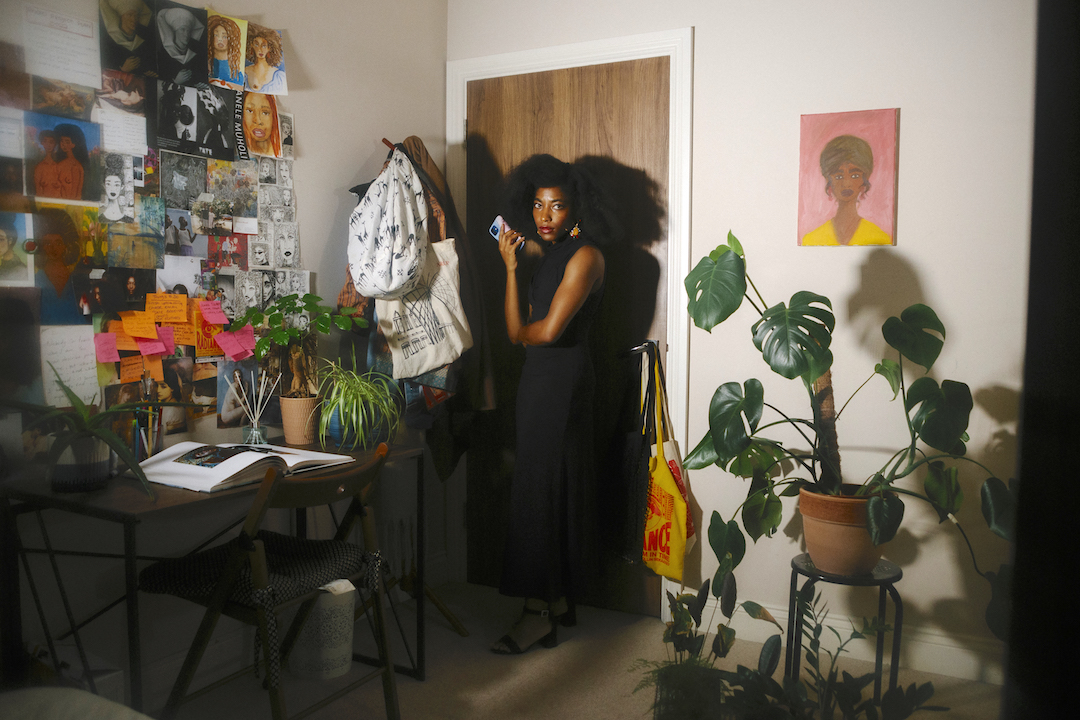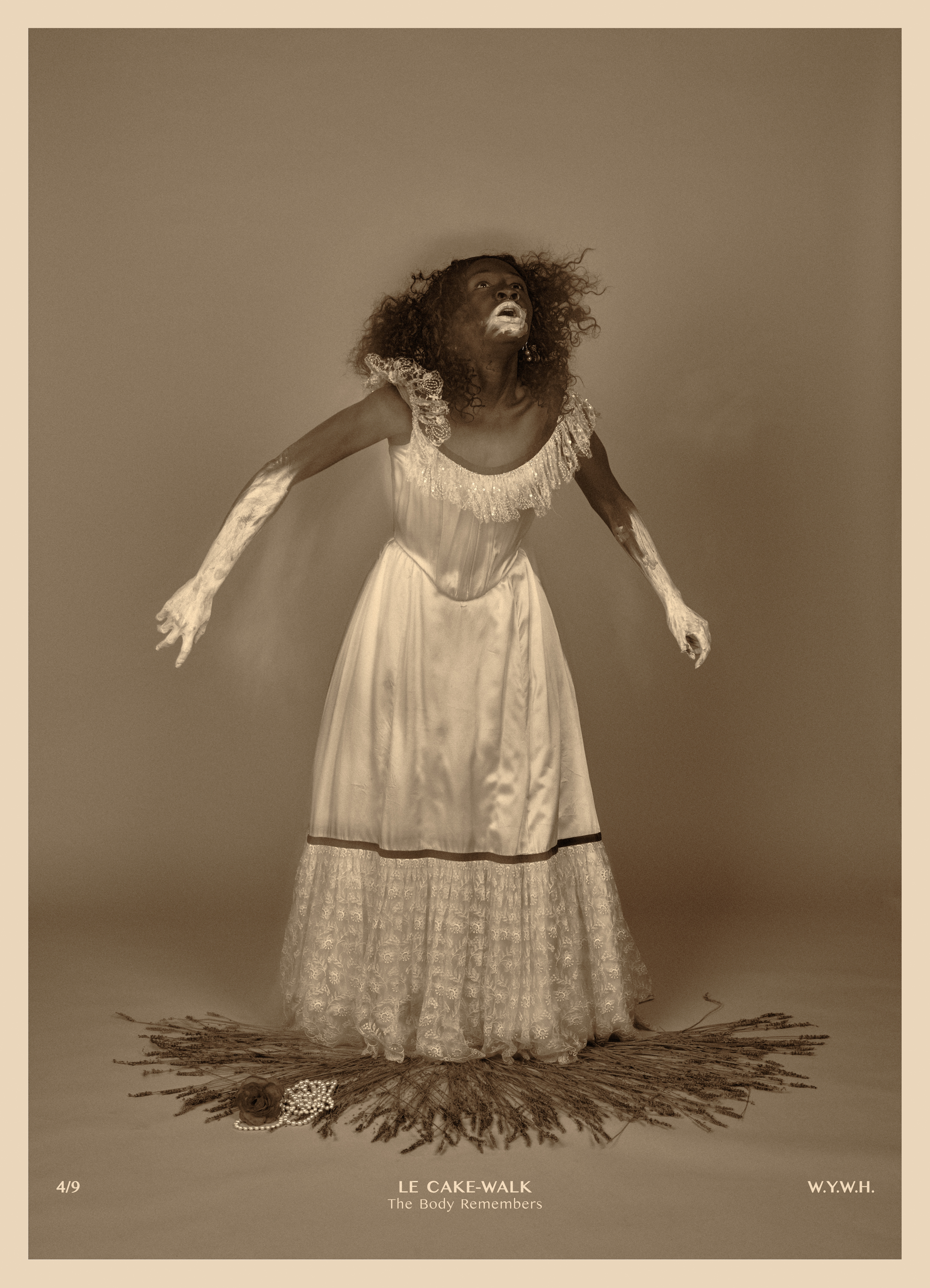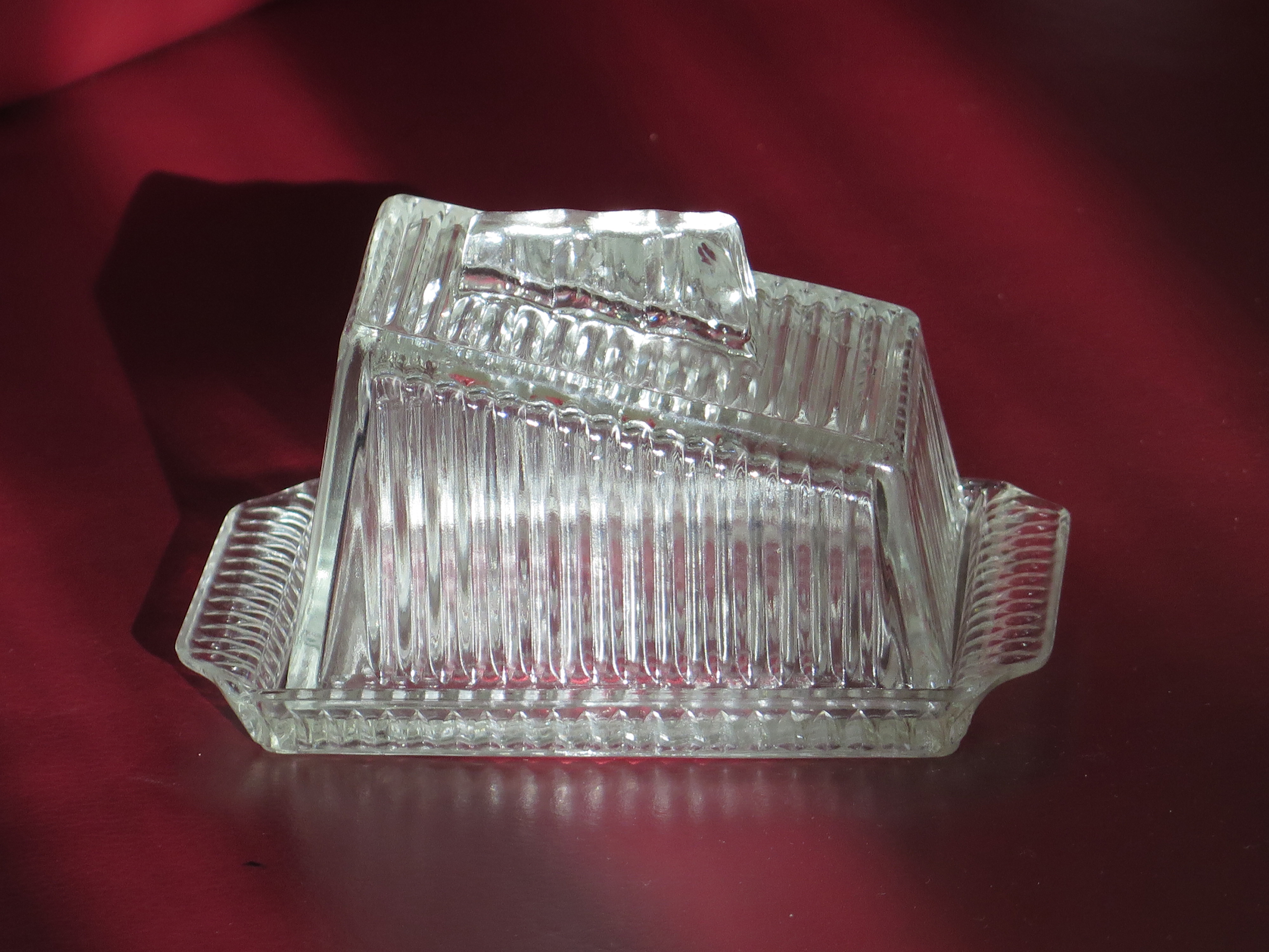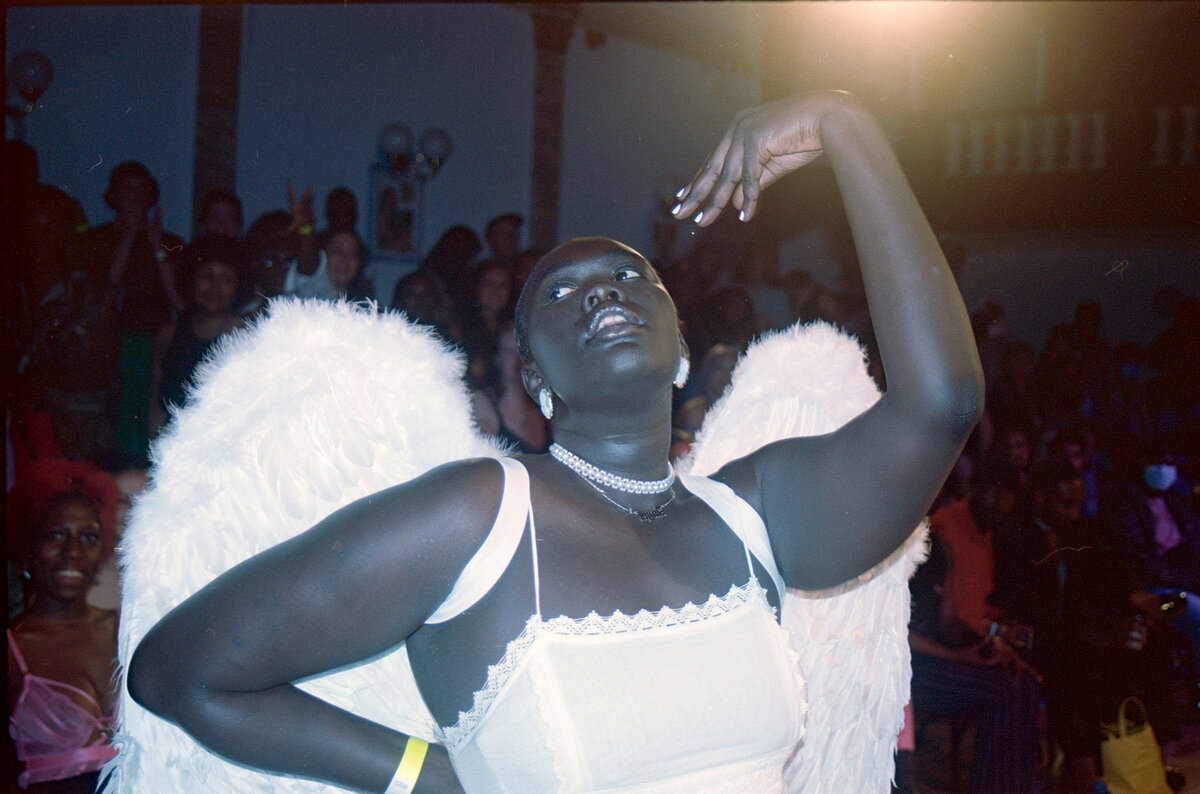Image © Adaeze Ihebom, The Artist’s Room, 2022.
London Art Fair’s annual group show for photography will present 11 multigenerational women and non-binary photographers, whose practices are informed by their Black and mixed diasporic heritage
This year’s Photo50 exhibition – titled Beautiful Experiments – examines ideas of home and “the domestic as a place of safety and meaning”. It presents a collection of work by 11 multigenerational women and non-binary photographers, whose respective practices are informed by their Black and mixed diasporic heritage.
The show is co-curated by Pelumi Odubanjo and Katy Barron, who first met at Photo Oxford 2021, where Odubanjo was an exhibition curator and Barron a trustee of the festival. They bonded over common ground: an interest in Black women photographers. The idea for the exhibition, originated by Odubanjo back in 2020, developed when the curators combined their visions to produce something more “scaled-up” and “far-reaching”.
Accompanying over one hundred galleries exhibiting at London Art Fair (LAF), Photo50 is part of the fair’s annual push to platform contemporary photographic practices. The artists showing work are: Heather Agyepong, Joy Gregory, Adaeze Ihebom, Adama Jalloh, Marcia Michael, Bernice Mulenga, Eileen Perrier, Rubee Samuel, Marlene Smith, Maxine Walker, and Sofia Yala.
The theme and title of the exhibition is directly inspired by American writer Saidiya Hartman’s book Wayward Lives, Beautiful Experiments: Intimate Histories of Riotous Black Girls, Troublesome Women, and Queer Radical. “It is a remarkable book that combines academic archival research alongside imaginative text and extrapolates meaning from anonymous portrait photographs of unidentified sitters,” Odubanjo and Barron explain.
This was the “starting point” for their vision of the exhibition which asks “similar questions as to what do home and place mean to women who come from a range of diasporic heritages”. And ideas of home have changed considerably, particularly in recent years. When asked about their decision to include multiple generations of women and non-binary photographers, they explain that “approaches to the domestic space have changed as second and third-generation artists have considered their heritage – from the earliest work, which record the ‘front room’ to contemporary images of the alternative club scene, where there is a ‘home away from home’”. They go on to say that “although not always the case, it has traditionally been women who have needed to create safe spaces for themselves and their communities”.
Also crucial for Odubanjo and Barron was enabling each photographer to express themselves without limitation. Though the artworks “resonate with one another through the overarching theme”, each artist’s works are “very different explorations”. “We wanted the presentations of the works to reflect this and allow room for experimentation in their individualities – something which may not always be the case in group exhibitions,” they clarify. As such, the photographers were encouraged to display their work in “new, risk-taking ways”, and to “play around with different ways to present photography to a wider audience”. Ultimately, these are the questions the curators want exhibition visitors to leave with: “Where do I feel at home? Where do I belong? Where am I from and where can I go? What is my heritage?”.
London Art Fair and Photo50 will take place from 18 to 22 January 2023 at Business Design Centre, London.





